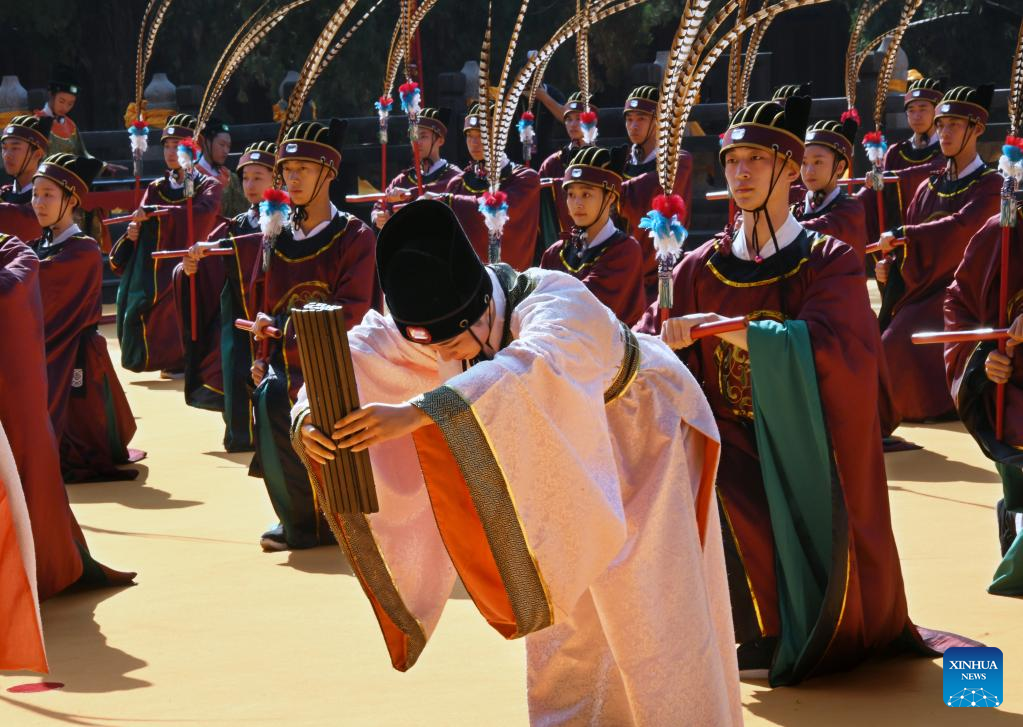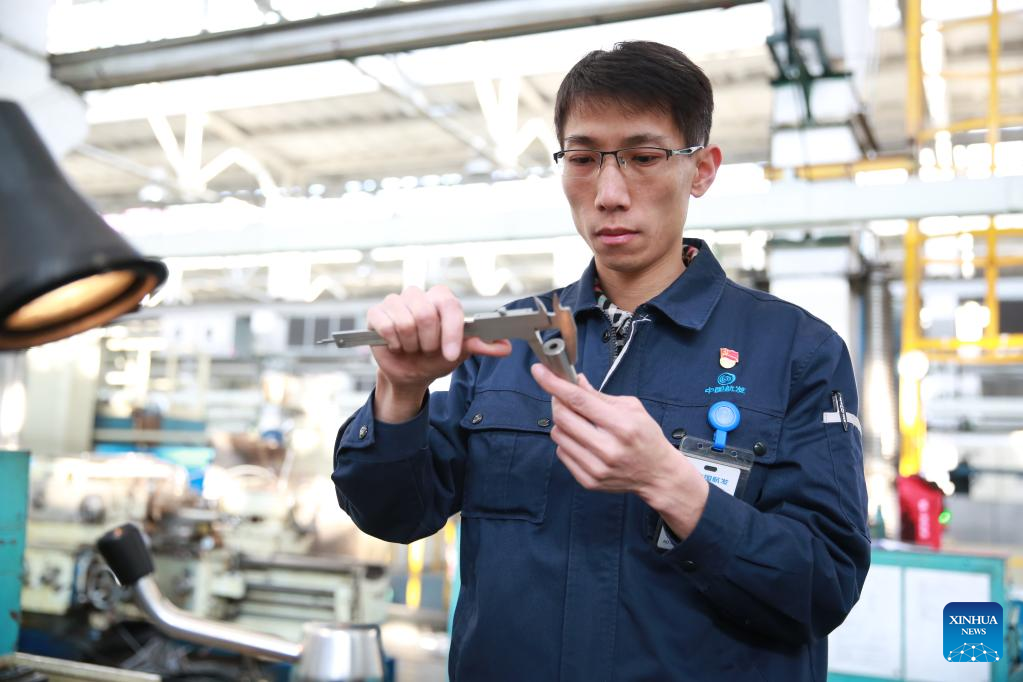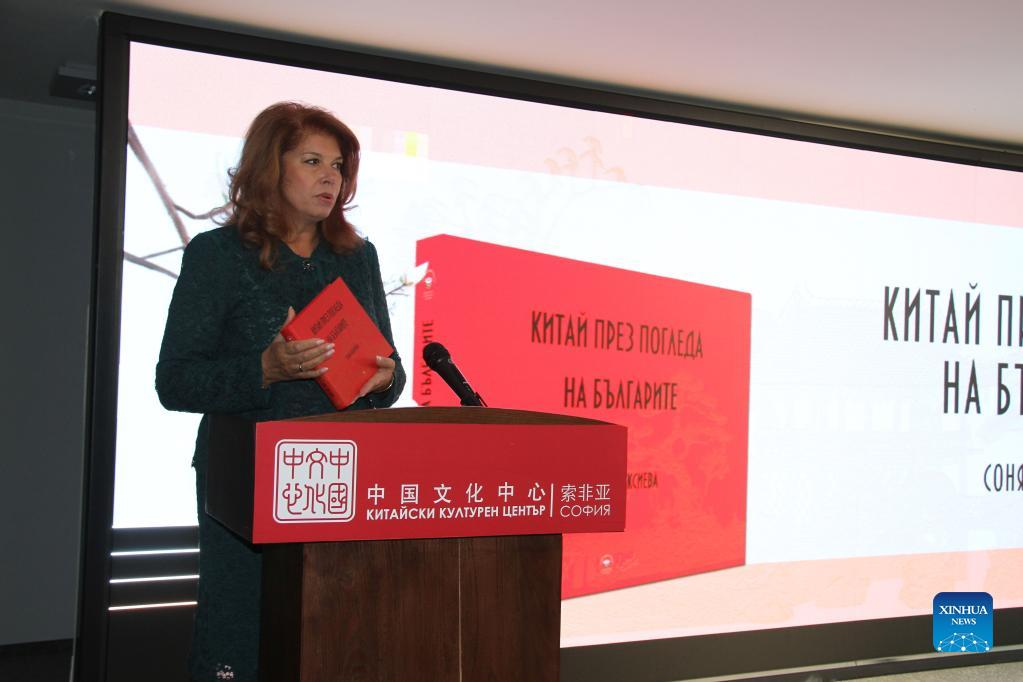About 2,000 artifacts at the British Museum have reportedly gone missing, which put it under scrutiny of the public, and some Chinese media outlets have called on the museum to return all the Chinese cultural relics at no cost.
The museum’s collection includes about 23,000 Chinese artifacts, including paintings, calligraphy, bronzes, jade ware and porcelains, and some of them are closely related to Jiangsu Province.
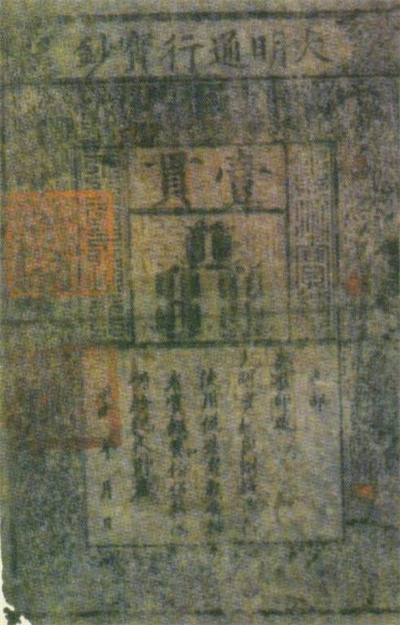
Among these is a banknote from the early years of the Ming Dynasty (1368-1644), measuring 34.1 centimeters long and 22.2 centimeters wide, the world's largest of its kind. The note carries the two-character inscription of “yi guan,” indicating its denomination, ten strings underneath, and patterning of dragons along the margins, signifying its official issuance by the government of the time.
According to Ma Weiyuan, an expert in the Ming history and editor of Phoenix Publishing and Media Group, both copper coins and banknotes were commonly used during the early Ming Dynasty. Chaoku Street, closer to the Confucius Temple in Nanjing, got the name as it was the location of the national treasury at that time. Made from mulberry bark, the banknote was fragile and difficult to preserve, contributing to its rarity and value today.
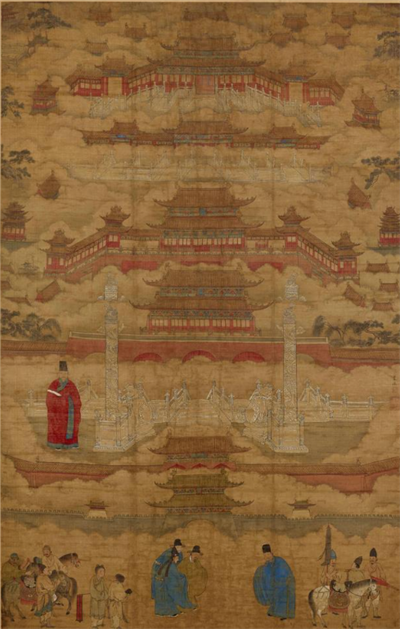
The museum also holds a hanging scroll depicting the Forbidden City, painted by Zhu Bang of the Ming Dynasty. On the left of the scroll is a portrait of Kuai Xiang (1398-1481), a native of Suzhou City widely credited with the designing the Forbidden City.

Another piece is the prestigious handscroll painting called “Admonitions of the Instructress to the Court Ladies”, attributed to Gu Kaizhi (about AD 348–409). The original painting is now lost, and the museum version, made during the Tang Dynasty (618-907), is considered the closest copy. The scroll is recognized as a landmark in the history of Chinese painting.
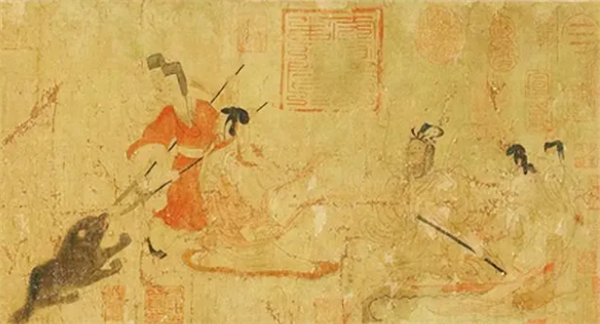
Gu was a native of Wuxi in Jiangsu Province. Gaining his prominence as a court painter and also excelling in poetry and calligraphy, he was widely considered to lay the foundation for the evolution of traditional Chinese painting.




